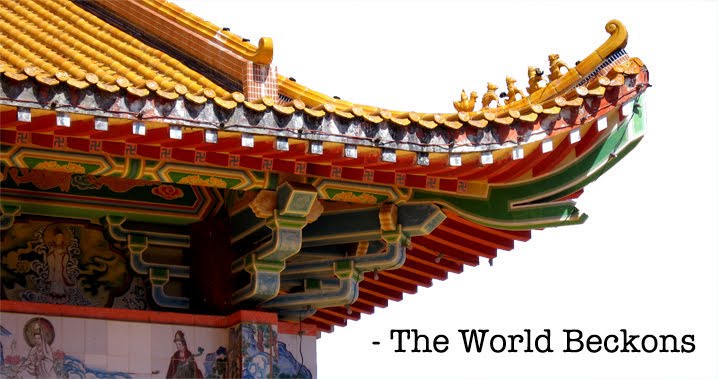 |
| When the museum itself is art. |
In fact, the air along Massachusetts Avenue is filled with pungent aromas that whisk you away to the tropics. While the humidity has not yet awoken, you know it’s not far off. And yet, much of yesterday’s yoga gear and running shorts have been replaced by finely tailored Brooks Brothers suits and patterned dresses. For many, it’s back to the work week.
Arriving at the International Spy Museum, I’m tasked with remembering a cover identify as I slink between exhibits of ciphers, poison pens and props from the James Bond franchise: spies, real and imagined, surround us in the city most notorious for them in the world.
I passed the exit interview, but have no illusions: I would not make a good spy.
(Or would I?)
Making my way to the Smithsonian American Art Museum and National Portrait Gallery after a veggie burger at City Tap House, the rains rise, smelling like a violent sea. Between an exhibit of glossy images of John F. Kennedy hang gritty portraits of war by Tim Hetherington. Folk art toys dance with plastic-wrapped arcade games ready to be unveiled for a future exhibit. Should they still be operational, the noise in these gilded halls will be deafening.
Sculptures appear to dissolve into the air. The artist breathed essence into breasts, soft in life, yet hardened in marble. Youth has been captured for an eternity: she is, as then, unknown – not aged, but unforgotten.
Around a corner, Sylvia Plath’s childhood ponytail wraps around sheets of her words and sketches in ink, bled onto pink paper. Never a fan, I become one.
Following the pixelated path home through the sky’s deceit, homeless men rise from blankets tucked into the corners, tapping on smart phones nicer than mine.
This is a connected era. Plath’s typewriter absorbed enough pain.

No comments:
Post a Comment